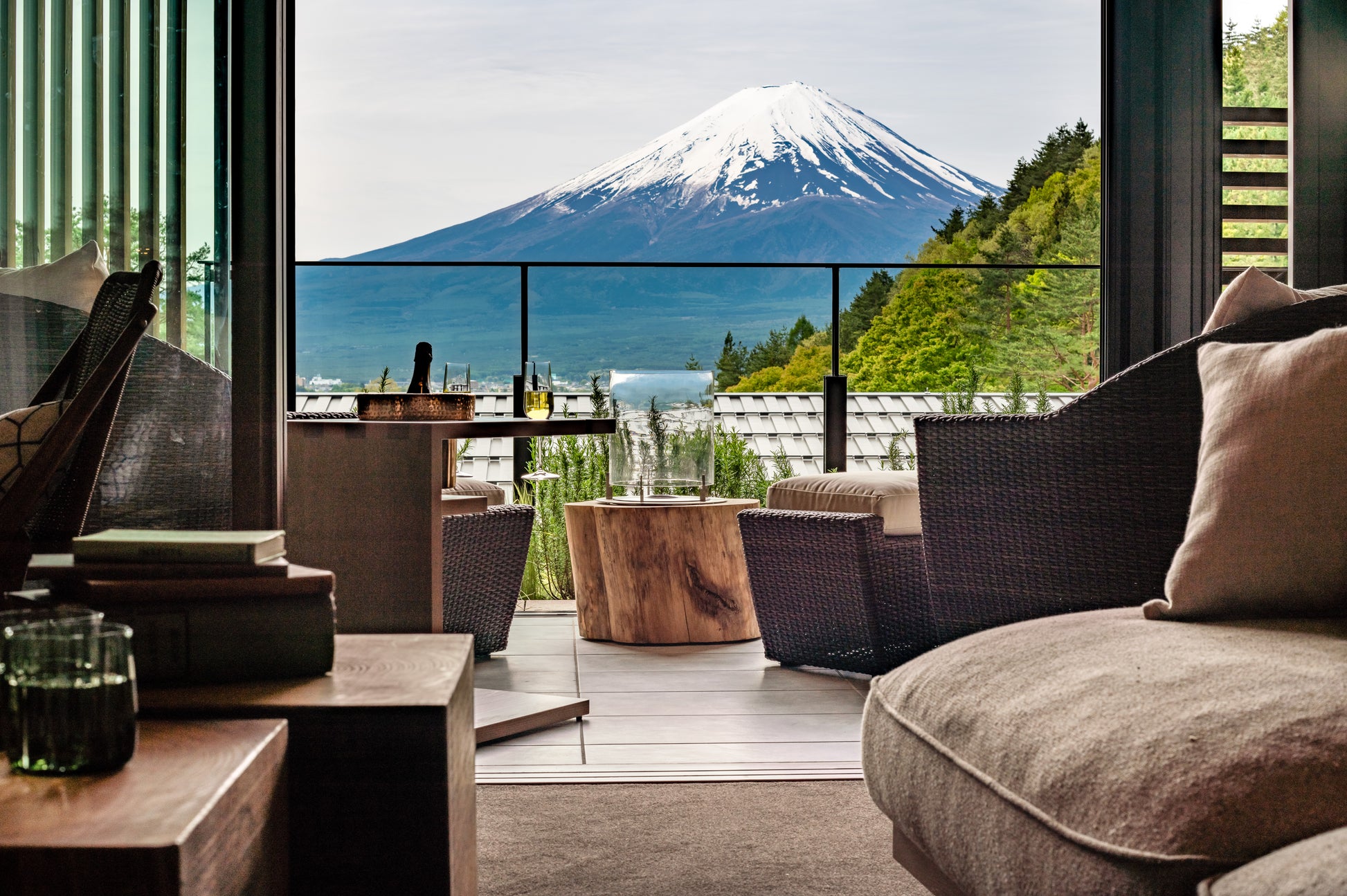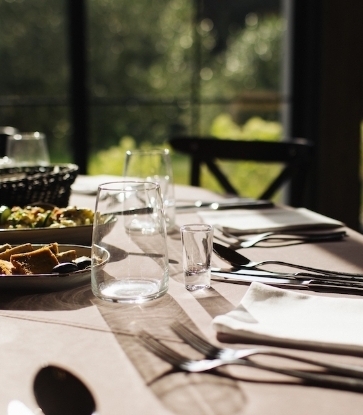Indeed, omotenashi is Japanese hospitality. “Omote” means public face – an image you wish to present to outsiders. “Nashi” means nothing. Combining them means every service is from the bottom of the heart – honest, no hiding, no pretending.
There is no surprise, then, that the spirit has its root in tea ceremony where tea masters face the audiences and make tea in front of them. Everything is open and clear. The idea is also largely defined by the poem by respectable tea master Sen no Rikyu: “Though you wipe your hands and brush off the dust and dirt from the vessels, what is the use of all this fuss if the heart is still impure?” Omotenashi, therefore, does not ask for flawless skills, but a pure heart – which leads back to these keywords: serve wholeheartedly.
If you want to experience omotenashi first hand, one of the best places in Hong Kong would be three-Michelin-starred Sushi Shikon. An eight-seat-only sushi bar that offers exquisite Edomae-style sushi in a two-hour omakase meal, the intimate space is serene and tranquil, with the subtle beauty of Hinoki wood to calm you from a bustling day. Take a seat, Executive Chef Yoshiharu Kakinuma, in clean and crisp uniform, is always ready to serve.

“Like tea ceremony, sushi is prepared in front of the customer. The openness in showing how the sushi is made and who is making it publicly is one of our ways to present omotenashi,” Kakinuma says with pride.
Omotenashi can also be appreciated through other thoughtful acts here. For instance, the temperature of sushi rice is adjusted to match with the taste of different fishes; sushi is always dressed with the ideal amount of sauce and seasonings, so guests do not need to decide how much is right. Not to mention the sequence of sushi is deliberately thought out.


“I didn’t understand omotenashi when I first joined Sushi Yoshitake (Sushi Shikon’s flagship in Tokyo) at the age of 22,” Kakinuma muses. “My mentor and master chef Masahiro Yoshitake didn’t really teach me what was it and how to do it, but gradually I learnt the idea of “ichigo ichie” - literally meaning “one time, one meeting”, we should take every encounter as the only one in the lifetime. With this understanding, I learnt to serve wholeheartedly.”
Kakinuma’s staff in Hong Kong, who are required to deliver the same standard of omotenashi like that of the headquarter in Japan, once found the idea incomprehensible too.
Take for example Cookie Chung, a senior service attendant from Hong Kong who has stayed with Sushi Shikon for three and a half years, says she had to put up a fight whenever Kakinuma said her service was not good enough. “But slowly the idea rubbed off on me and I opened myself to appreciate omotenashi. I am very proud now that guests remember my name and request service from me, not others. There is a great sense of satisfaction.”
Omotenashi is not one-way, it concerns the guests too.
“Omotenashi is grounded on mutual respect. While I consider it a privilege to serve, guests should pay respect to us. For instance, we hope they don’t wear perfume so that they do not disturb the sushi experience for themselves and others; we also hope guests are on time and always enjoy the sushi served to them within 30 seconds to experience the best taste we offer.”
Kakinuma is happy his customers are receptive to omotenashi. “First timers usually do not understand why we set out so many rules, but once they have experienced our one-of-a-kind service, they get the idea. When they come back, they are different – for example, they call if they have to be late, and this is highly appreciated.”
Japanese takes pride in Omotenashi, and Kakinuma is pleased that he is spreading the spirit of Japanese styled hospitality to Hong Kong.
“We receive lots of good comments and they are on experience – not food, but experience – and I believe thats where omotenashi kicks in and made all the difference.”



















